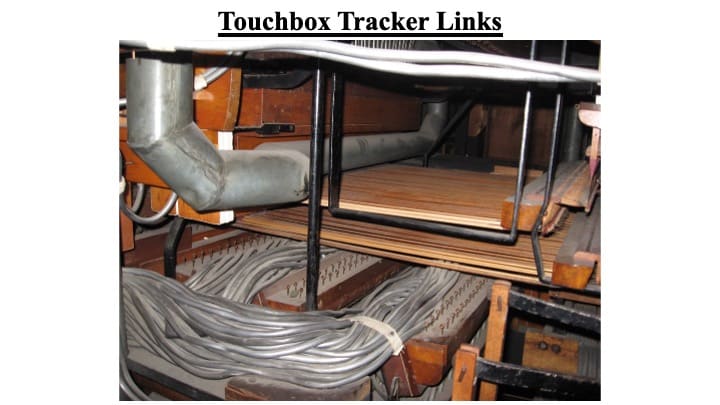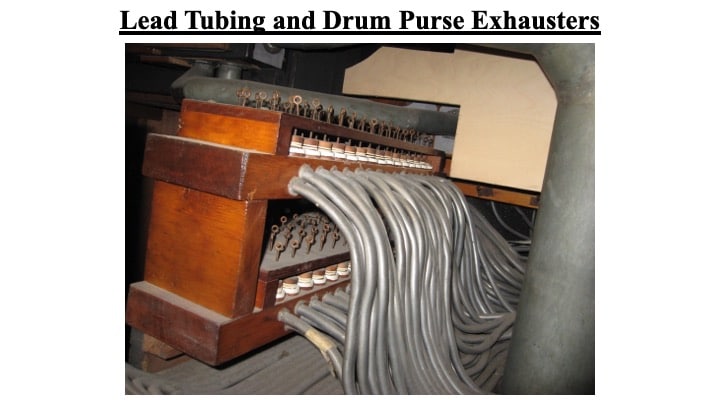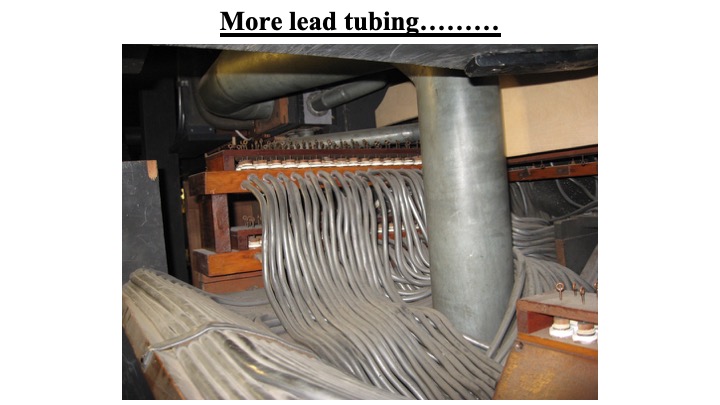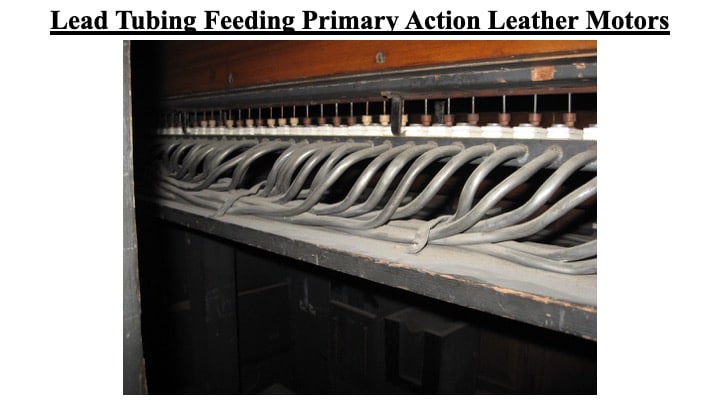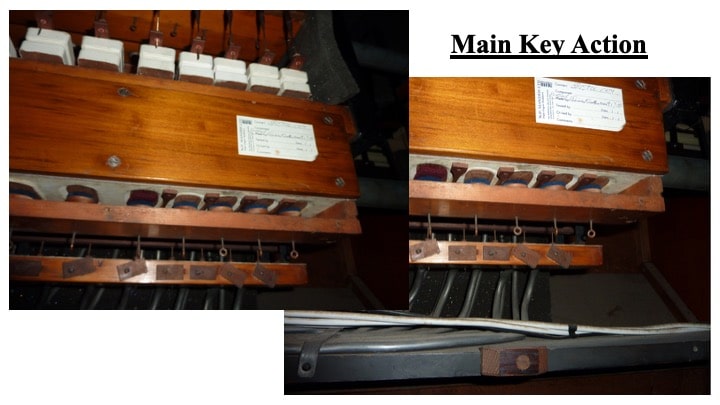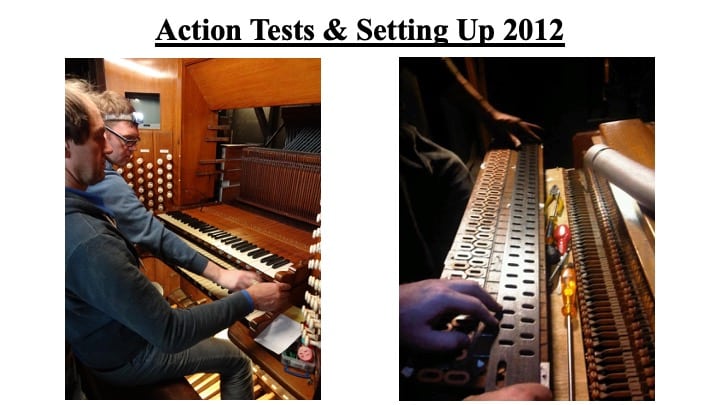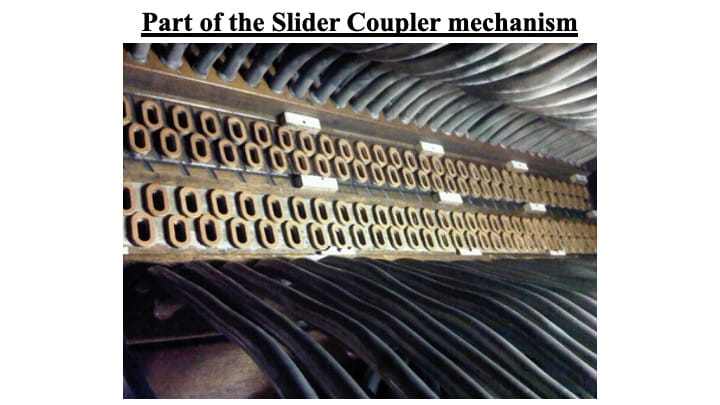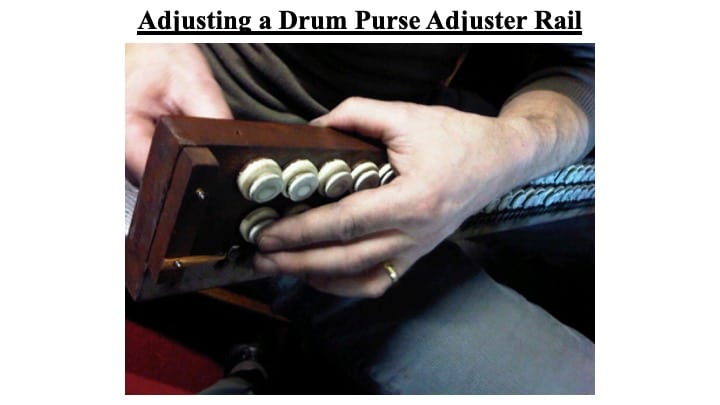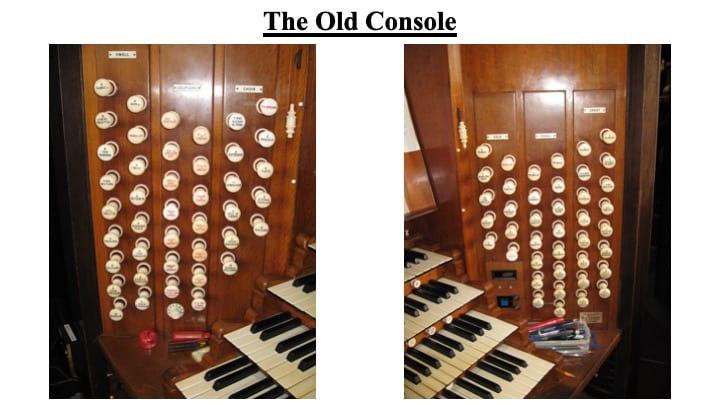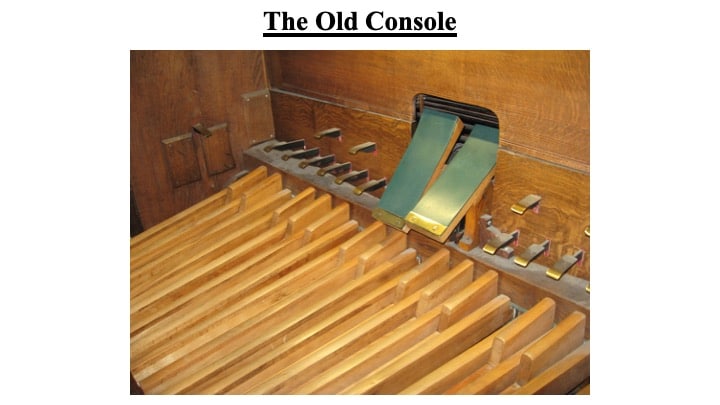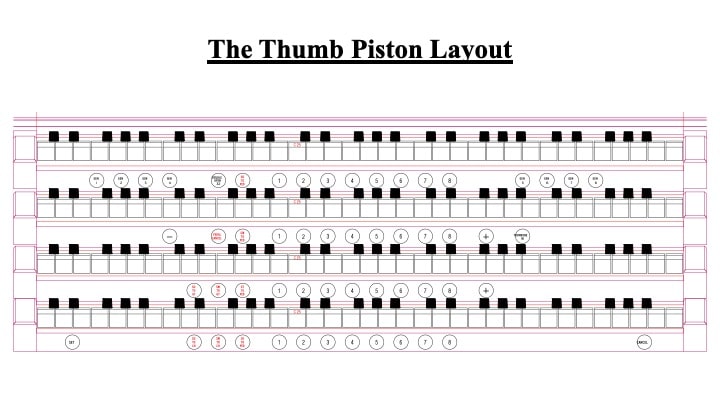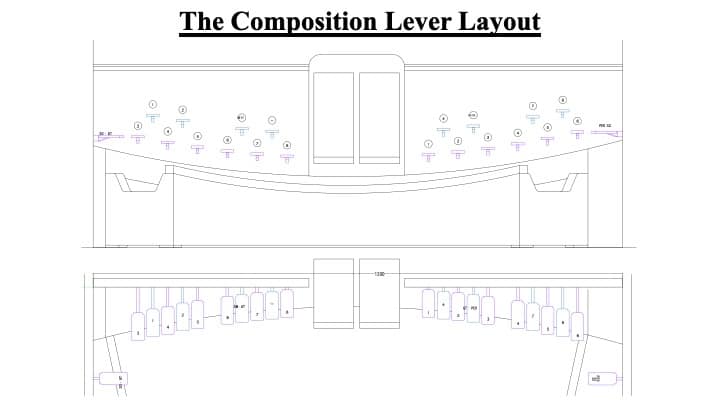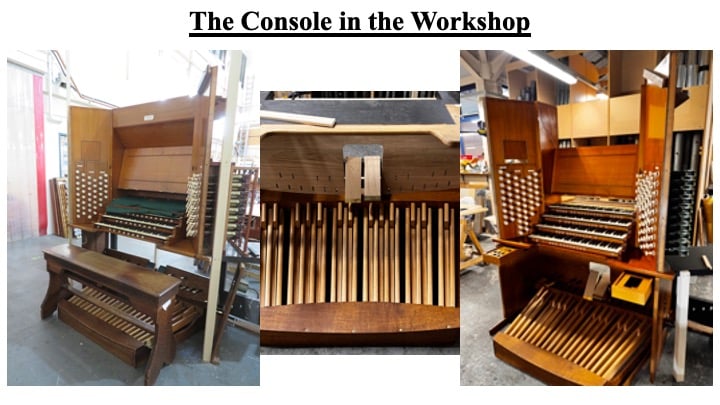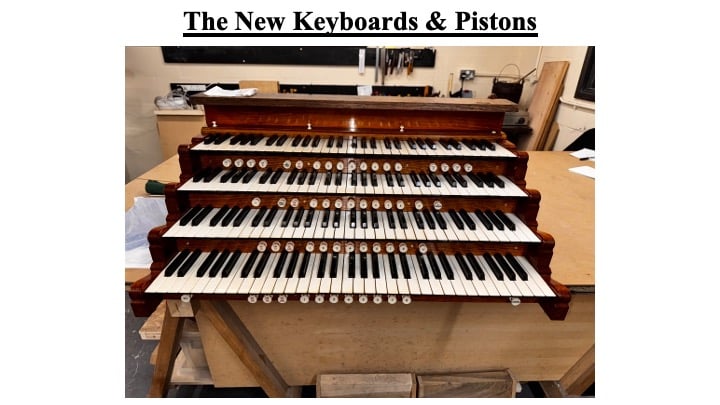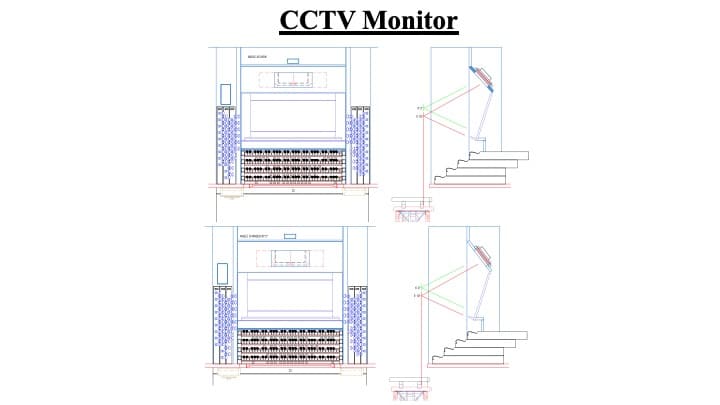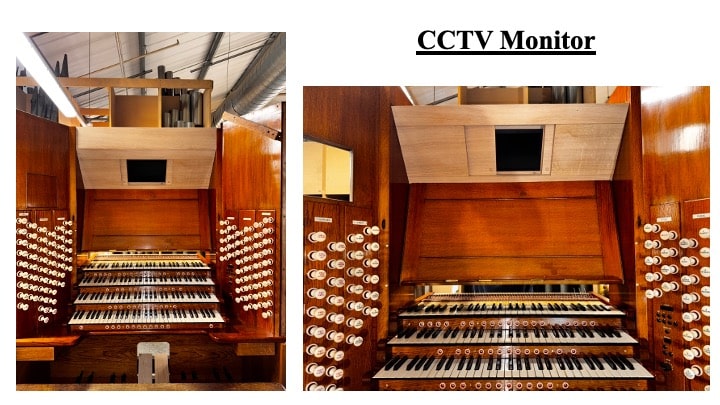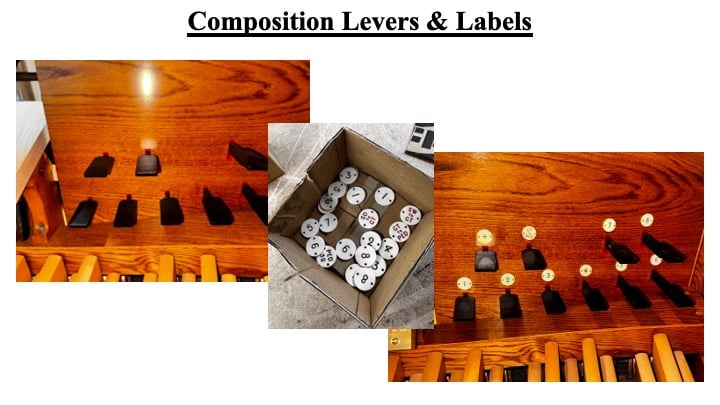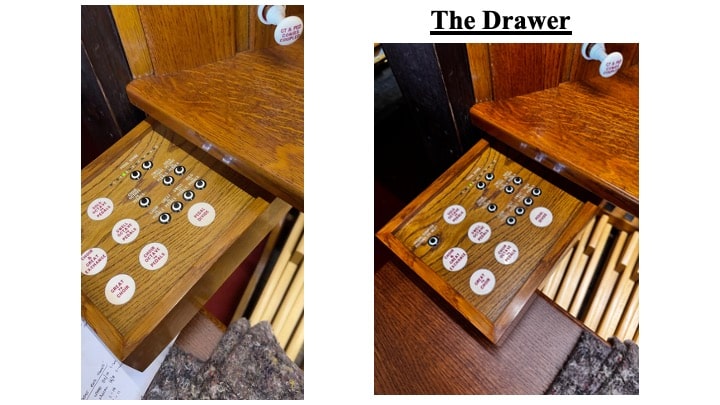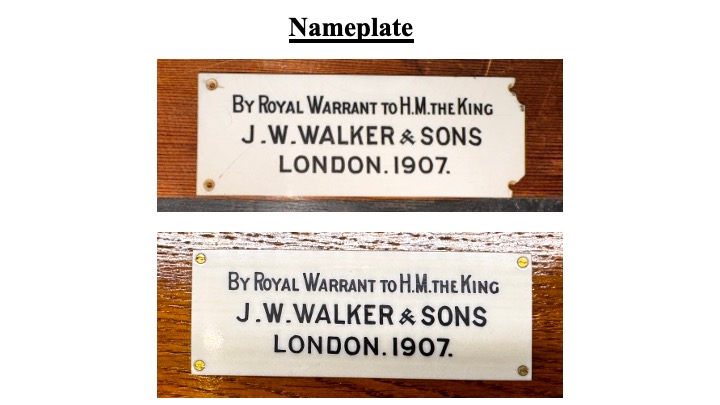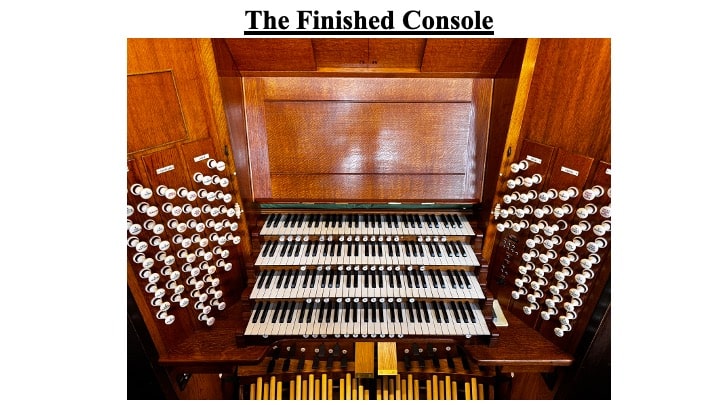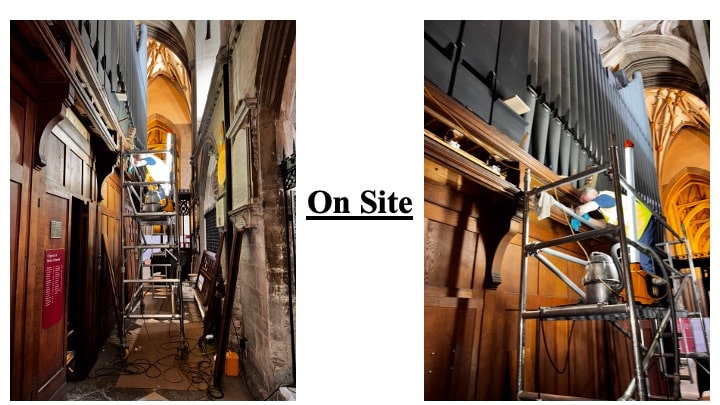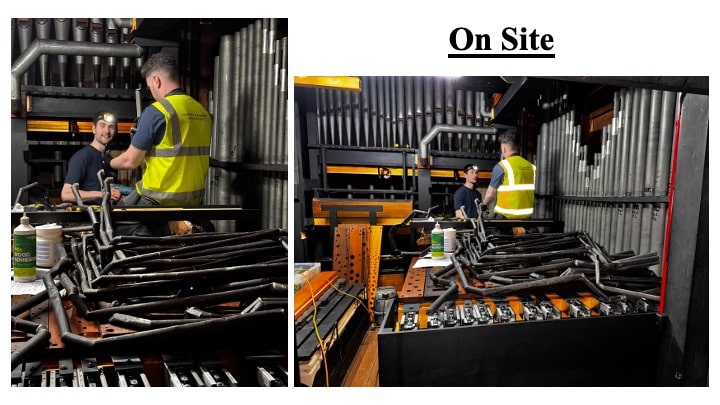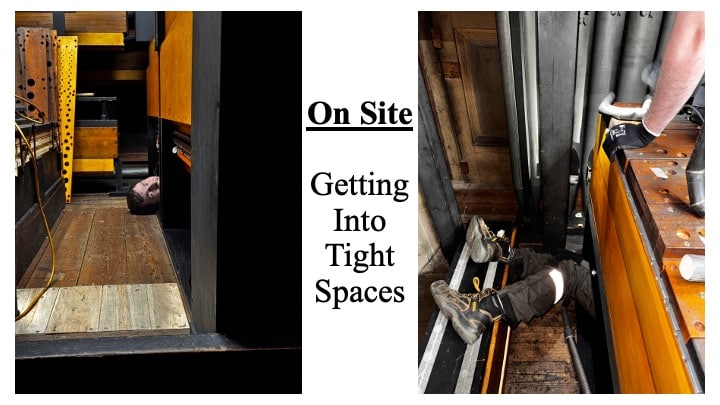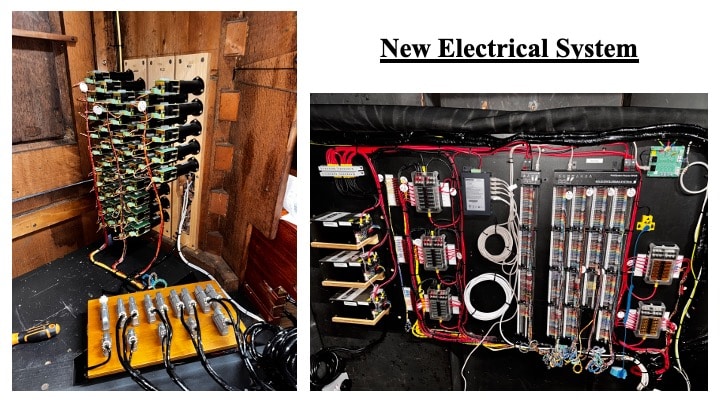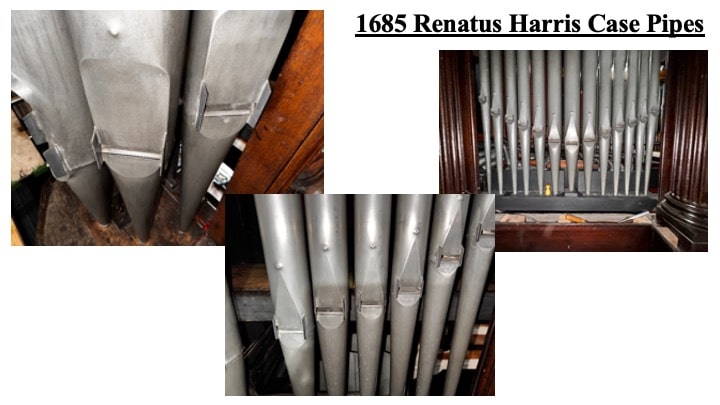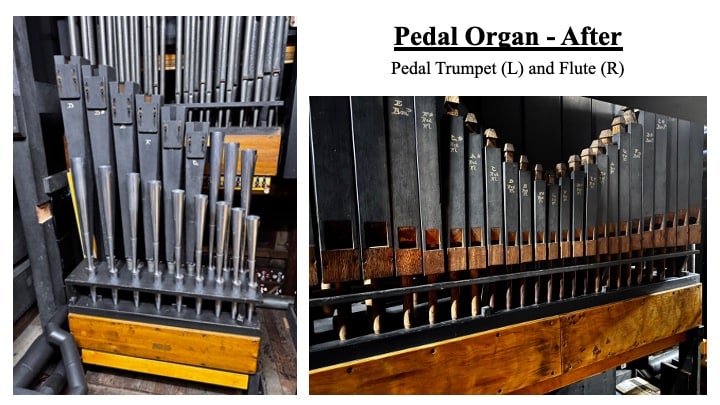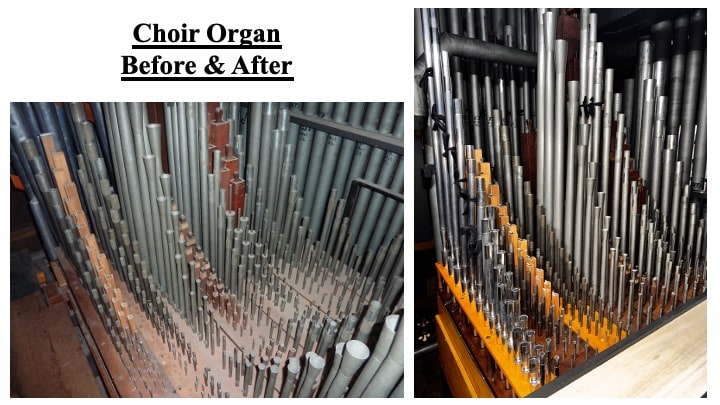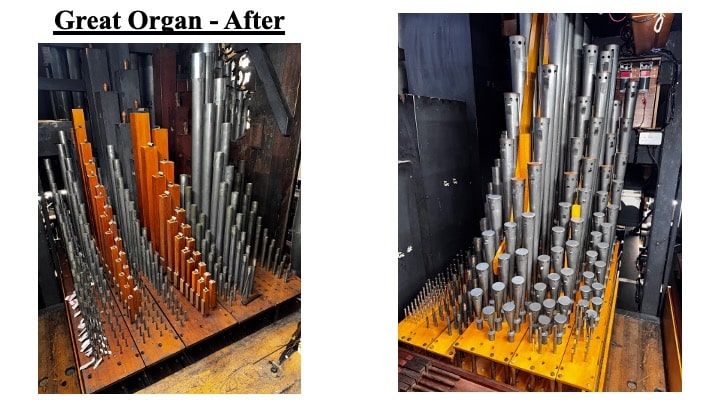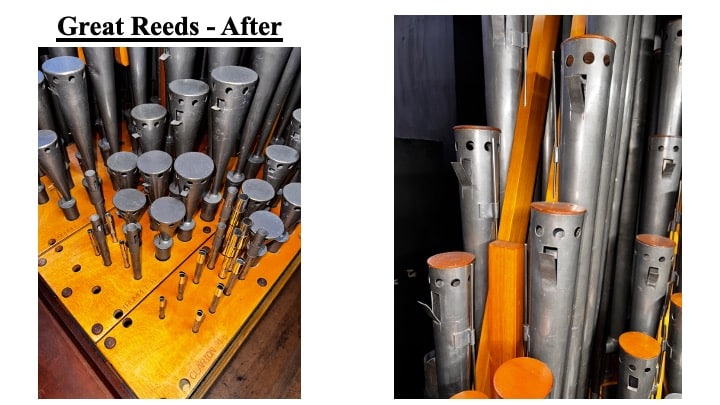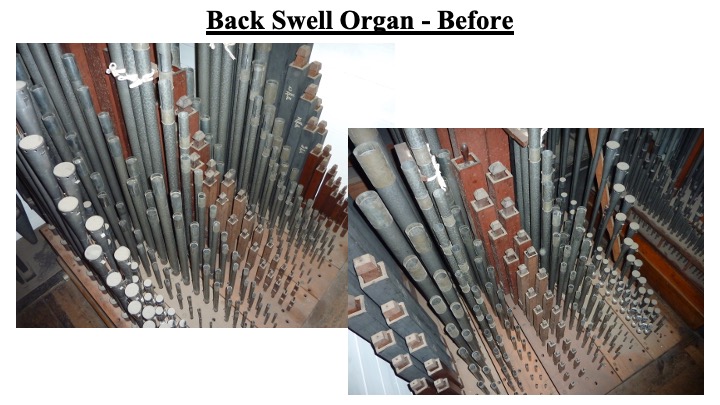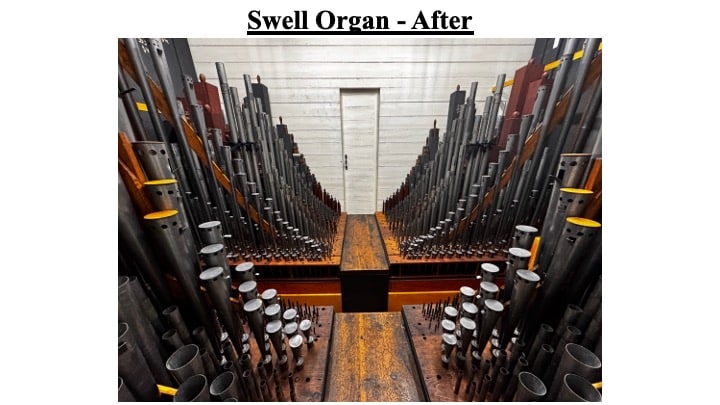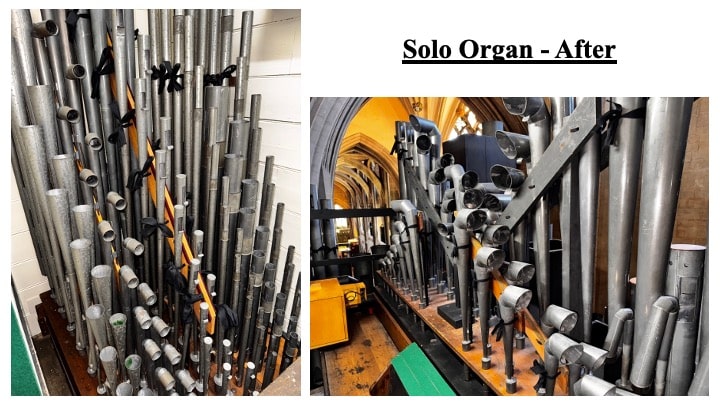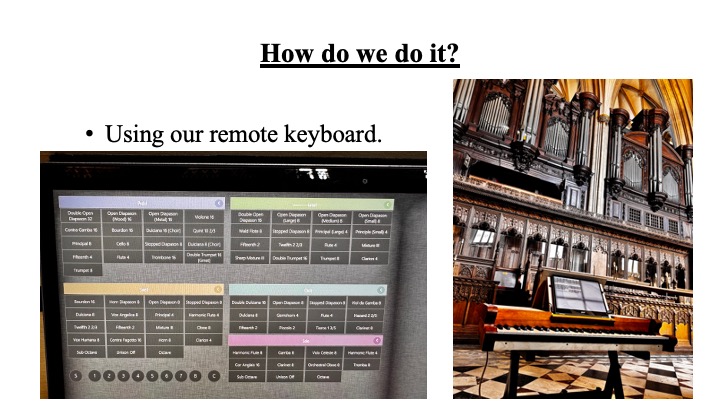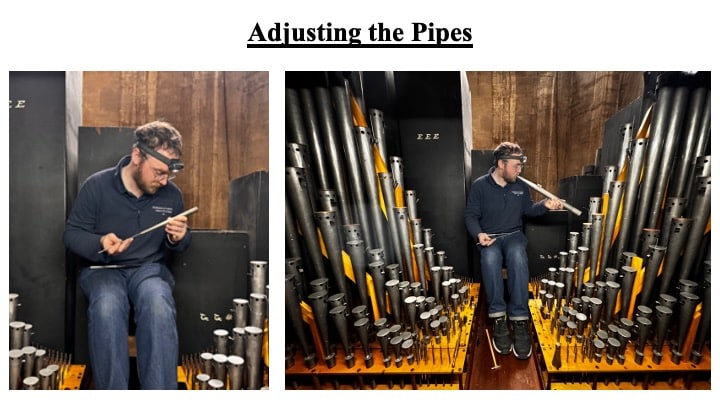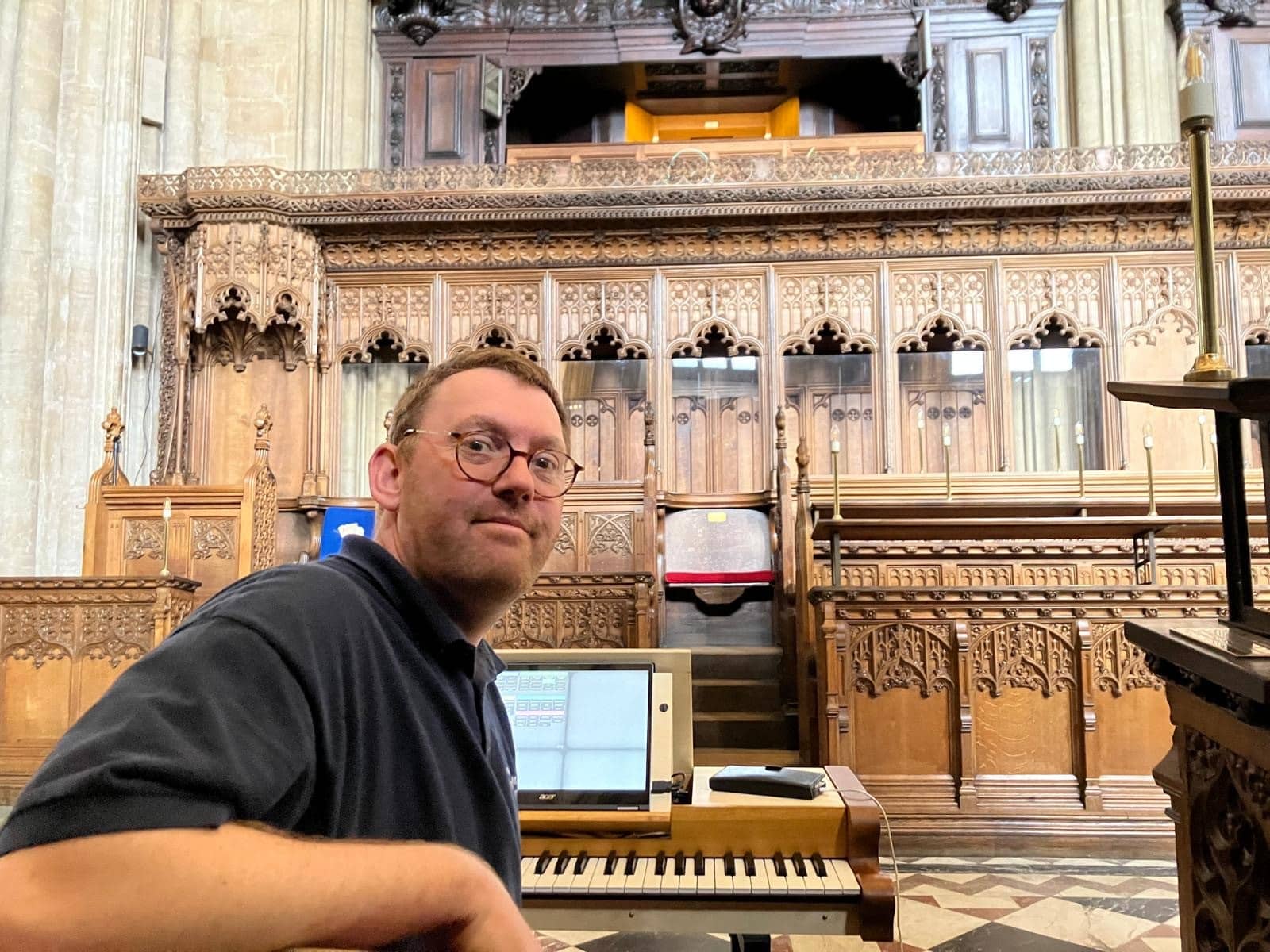Restoring the voice of Bristol Cathedral’s historic organ: an exclusive interview with Andrew Scott
In June 2025, the majestic organ of Bristol Cathedral found its voice again. We sat down with Andrew Scott, MD of renowned organ specialist Harrison & Harrison, the firm that has delivered the restoration project, to uncover the fascinating story behind the restoration of one of the UK’s greatest instruments.
Q: Why is the organ at Bristol Cathedral so special?
A: The Bristol Cathedral organ is a living, breathing part of English musical history. Its lineage dates back to 1685 with work by Renatus Harris, whose façade pipes are still in use today. Over centuries, it has been shaped by iconic builders like William Vowles, though the instrument owes its musical personality to J.W. Walker & Sons. Restoration work was carried out by N.P. Mander, and now Harrison & Harrison has rebuilt the organ with new key actions, while respecting and preserving the instrument’s crown jewel – its voice.
Q: What prompted the latest restoration?
A: After decades of service, the organ required comprehensive work, not only to preserve its historic voice but also to ensure that it could continue delivering performances of the highest quality. The project officially began in 2019 with a comprehensive tender process, and the physical removal of the organ started in June 2022. By January this year, reinstallation began, followed by intricate voicing and tuning.
Q: Can you tell us about the technical side of the project?
A: Absolutely. Every component, has been assessed, rebuilt or restored. All of the pipework has been cleaned, and the mechanism and electrical system is new. The organ now has 69 stops, with 2½ new stops crafted in the traditional Walker style, 2 reinstated pedal stops, and 1½ revoiced stops. In total, the instrument comprises a staggering 3,838 pipes.
Q: What’s voicing, and why is it important?
A: Voicing is the process that gives the organ its unique musical personality. It’s done entirely by ear and involves balancing pitch, volume and tone for each pipe. The goal in this project was not to change the revered Walker sound, but to regulate every pipe so that it speaks clearly and harmoniously as it always has. New pipes were made and voiced to match the existing tonal architecture, so that everything sounds as if it has always been there.
Q: Were there any particular challenges?
A: Several. The console, which is essentially the ‘cockpit’ for the organist, was entirely rebuilt in the Walker aesthetic. We have provided new keyboards using the original coverings, pistons, stop jambs, and even made provision for a new CCTV monitor for visibility. Physical access inside the organ during dismantling was tough. Much of the work involved navigating extremely tight spaces. Reassembly was over several months, working around daily services and events.
Q: How did the team ensure that historical integrity was preserved?
A: Before the contract was awarded, experts from both Harrison & Harrison and Mander Organs worked with organ consultant William McVicker to survey the original pneumatic action. Having concluded the action untenable, the key actions have been electrified, though this has been done in such a way as to preserve the way in which the pipes speak.
Q: When was the restoration work completed?
A: The scaffolding inside the Cathedral came down before Easter, revealing the restored casework. The final stages of voicing were completed this month, June 2025, following months of meticulous listening and adjustment. The organ will be brought back to public use in September.
Q: What does this restoration mean for the Bristol Cathedral community?
A: It’s really a celebration of history, engineering, craftsmanship and sound. This organ is more than an instrument – it’s a cultural treasure. Now fully restored, it will continue to support services, concerts and community events for generations to come, and it has been a privilege for Harrison & Harrison to be part of the organ’s fascinating journey.


